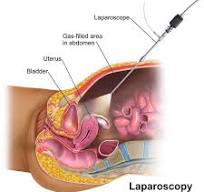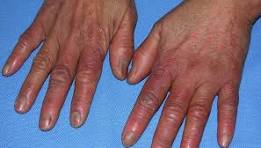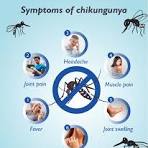INTRODUCTION
Health is wealth—a simple yet profound truth. One sickness can drain a
lifetime of savings, leaving individuals and families in distress. While modern
medicine has made remarkable strides in diagnosing and treating diseases, many
health conditions continue to defy medical solutions, pushing us to explore
alternative approaches.
Natural remedies have been a cornerstone of healing for centuries, long before
the advent of modern pharmaceuticals. Across cultures and civilizations, people
have relied on nature’s gifts—herbs, roots, fruits, and holistic practices—to
restore health and vitality. While this encyclopedia does not seek to undermine
the importance of medical science, it aims to complement it by shedding light
on time-tested natural solutions. It encourages further research into the power of
nature in healing, offering insights into remedies that have provided relief to
countless individuals.
NATURAL REMEDIES FOR DYSMENORRHEA
Dysmenorrhea refers to the occurrence of pain during menstruation,
typically involving cramping in the lower abdomen. It affects many
menstruating individuals and is categorized into two types: primary
dysmenorrhea, which is not caused by any underlying medical
condition and usually begins during adolescence, and secondary
dysmenorrhea, which stems from reproductive system disorders such
as endometriosis, fibroids, or pelvic inflammatory disease. Symptoms
often include abdominal cramps, back pain, nausea, fatigue, and
headaches. While over-the-counter pain relievers are commonly used,
many people seek natural, non-pharmacological options for relief.
1. Heat Therapy
How it works:
Applying heat to the lower abdomen helps to relax the muscles of
the uterus and improve blood flow, which in turn reduces the pain
caused by uterine contractions. Research has shown that heat can
be as effective as some pain medications in relieving menstrual
cramps.
Usage:
Use a heating pad, hot water bottle, or warm towel placed on the
lower abdomen for 15–20 minutes at a time. You can apply heat
multiple times a day as needed, especially during the first few
days of your period when cramps are most intense. Make sure the
heat source is not too hot to avoid burns.
2. Ginger Tea
How it works:
Ginger contains natural compounds like gingerol and shogaol that
have anti-inflammatory and analgesic properties. These
compounds can help lower prostaglandin levels, which are
responsible for triggering uterine contractions and pain during
menstruation.
Preparation:
Peel and slice about 1–2 inches of fresh ginger root. Boil in 2 cups
of water for 10–15 minutes. Strain and let it cool slightly.
Optional: Add a teaspoon of honey or a squeeze of lemon for
taste.
Usage:
Drink this tea 2–3 times a day during your period, starting a day
or two before the onset of menstruation if possible. Regular use
during each cycle may help reduce both the severity and duration
of cramps over time.
3. Acupuncture:
How it works:
Acupuncture is a traditional Chinese medical practice involving
the insertion of thin needles into specific points on the body. It is
believed to restore energy balance and stimulate natural pain-
relieving chemicals such as endorphins. Studies suggest
acupuncture can help reduce menstrual pain by regulating blood
flow and calming the nervous system.
Usage:
Consult a certified and experienced acupuncture practitioner for
individualized sessions. Treatments are often scheduled several
days before menstruation begins and may be continued
throughout the cycle depending on severity. Regular sessions
may be needed for lasting relief.
Key Consideration
While natural remedies such as heat therapy, ginger tea, and
acupuncture can offer relief from the discomfort of dysmenorrhea, it is
important to understand that they do not serve as substitutes for
professional medical treatment or prescribed medications. These
approaches may help alleviate mild to moderate symptoms and support
overall well-being, but they cannot replace the effectiveness of
scientifically tested pharmaceuticals in treating underlying conditions
such as endometriosis, fibroids, or severe hormonal imbalances.
Relying solely on home remedies without medical supervision may
delay diagnosis and management of serious reproductive health issues.
Therefore, natural methods should be used as complementary options
alongside conventional medical care under the guidance of a qualified
healthcare provider.



